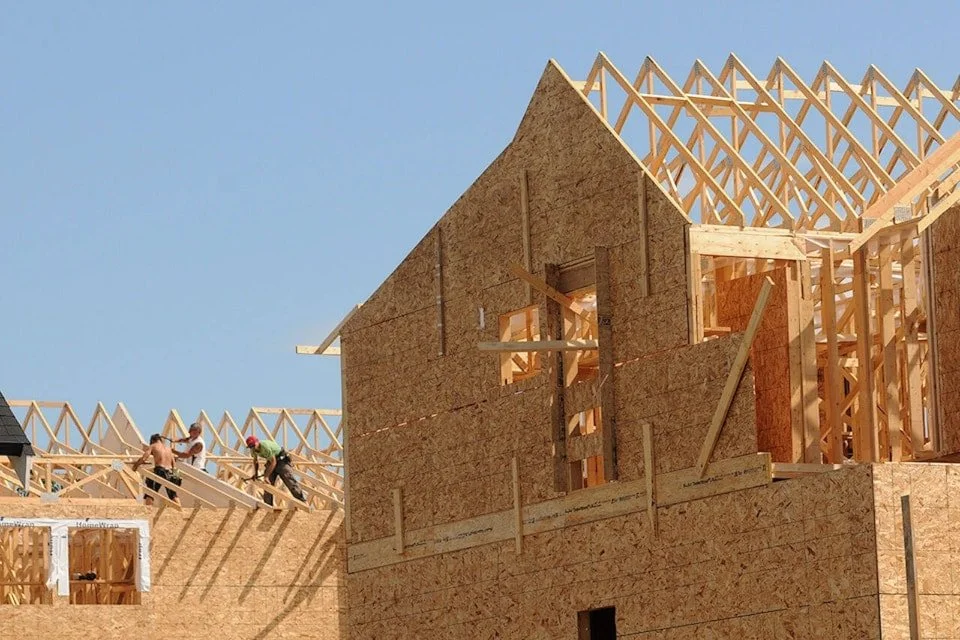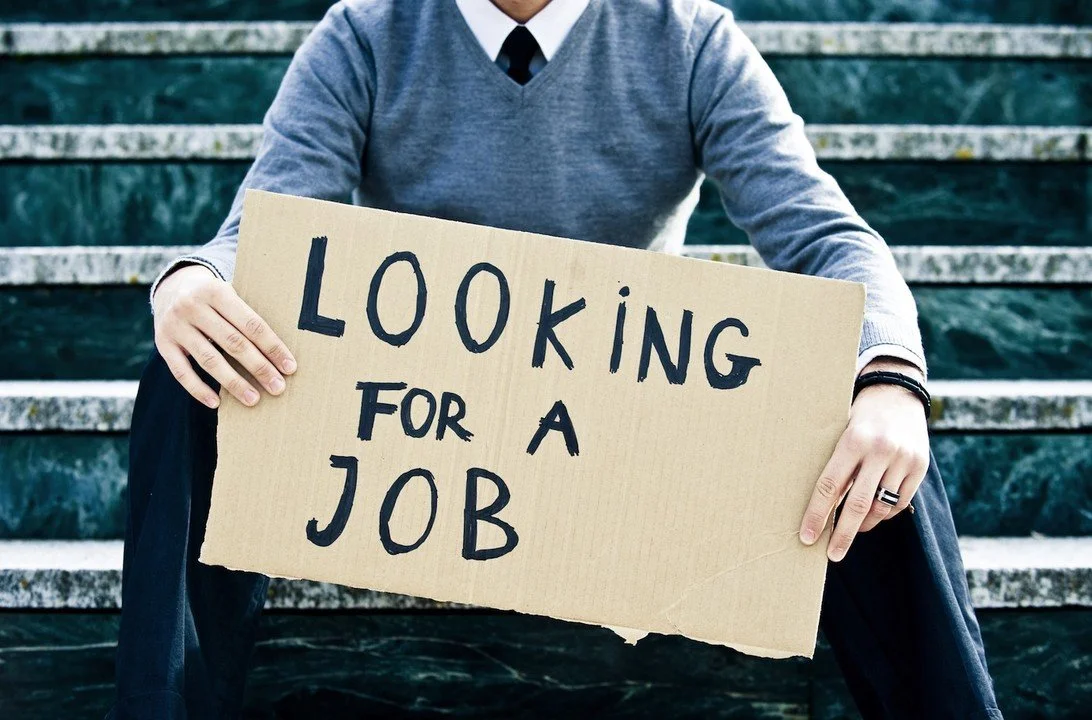
In January 2025, the City of Red Deer implemented the Dynamic Staffing model to address rising firefighter overtime and financial constraints. While the model has yielded reductions in overtime spending, it has also led to:
Reduced fire truck staffing (notably at Station #2),
Gaps in emergency coverage during critical periods,
Declining firefighter morale and mental health,
Serious concerns from IAFF Local 1190 about public and firefighter safety.
Multiple national studies and fire service standards, including NFPA 1710, emphasize the need for full, consistent staffing on fire apparatus. Partial or inconsistent staffing leads to delayed response times, increased risk to life and property, and greater danger to responding personnel
Dynamic Staffing is incompatible with the City’s commitment to public safety, firefighter health, and operational readiness.
As your representative on Council, I will push for the immediate termination of the Dynamic Staffing model, the restoration of full staffing at all fire stations, the implementation of a strategic firefighter hiring plan to achieve full operational strength by 2028, and do what must be done to rebuild trust and a vibrant safety culture through collaboration with the fire department and IAFF Local 1190.
The City of Red Deer must prioritize public safety, professional emergency response, and the well-being of its first responders. The Dynamic Staffing model, while financially motivated, has proven incompatible with these core values.
Red Deer must not compromise on emergency response capability. Full, consistent staffing is not optional—it is essential.
According to a recent National Rent Report, Red Deer’s average rent is up 2.8% from August of last year. We are 54th out of 60 cities they ranked across Canada, with the average monthly rent on a 1-Bedroom apartment being $1295. We have a vacancy rate of 1.6% according to the Canada Mortgage and Housing Corporation (CMHC); a rate that drives up the cost of rentals and mortgages. This is not sustainable!
Red Deer secured $12 million over three years through the Canada Mortgage and Housing Corporation's Housing Accelerator Fund 2 (HAF2) to implement its housing strategy. But, this strategy leans heavily on the assumption that increasing total supply, including private, for-profit units, will eventually "trickle down" to affordability.
Anything “trickle down” has been shown again and again to not work for anyone but the wealthy. In housing, it absolutely does not work fast or deeply enough for those who need housing the most—especially when vacancy rates are as low as 1.6%.
The City’s plan has one big missing piece - No New Public Housing Construction.
There is no explicit commitment to building public housing owned and operated by the City or even the province. This matters because we need decommodified (i.e.: Not for profit), permanently affordable housing.
Incentives Go to Private Developers
Programs like “Dollars for Doors” or expedited permitting are not restricted to non-profits. That means public money is likely subsidizing private-sector development that may only offer modest affordability—or none at all.
This is corporate welfare, where public funds pad profit margins but don’t produce genuinely affordable housing.
Affordable Housing
The City talks about “affordable housing” but doesn’t clearly define rent levels or income targets.
Without strong definitions (e.g., 30% of income for households below 60% of median income), “affordable” often means marginal discounts from high market rents—not housing that truly serves people in need.
The City has made progress, but we need a people-first housing policy that would prioritize homes over profits, tenants over developers, and permanently affordable options over temporary subsidies.
Draft Letter to City Council on the need for non-market housing in Red Deer’s Housing Plan.
As of August 2025, the unemployment rate in Red Deer sits around 6.7% according to Statistics Canada; as we all know, the unemployment rate in our great city always runs high and fluctuates depending on how the Oil & Gas sector is doing at the moment.
This is because we are beholden to volatile commodities. When Oil & Gas rides high, the unemployment rate dips lower, when the prices bottom out like it did in 2014-2015 unemployment skyrockets. This all has a domino-effect on our community as people have less money for food, restaurants, entertainment, rent, mortgages, travel, new cars, and so on.
We need to diversify our local economy.
1. We Need to Leverage Our Natural Logistics & Distribution Hub Advantage
We are strategically located along the GEII with direct access to ~ 3 million people in under 90 minutes. Because of this, we are well situated to diversify our local economy by bringing in new sectors such as e-commerce fulfillment, cold storage, and warehouses to name a few. As the world's economy changes, we need to adapt and not dig our heels in and expect the provincial and federal governments to keep flailing industries afloat.
2. We Need to Expand Agri-Food Processing & Value-Added Agriculture
Red Deer was founded on Agriculture; this land was settled by farmers and ranchers who learned farming methods from the Indigenous inhabitants more familiar with the land than our ancestors. Over time, we stopped adding value to our agriculture and shipped it East, West, and South for processing and to be turned into food stuff we then bought back from these corporations at inflated prices.
Processing keeps more value in the region. We can attract development to expand our already existing agriculture industry, this will create sustainable jobs for Red Deerians, and should drive down the cost of staples for our households.
3. We Need to Advance Clean Energy & Transition Projects
Alberta is diversifying, as is the rest of Canada and the World, and Red Deer can be a testbed for small-scale clean energy pilots - solar, bioenergy, hydrogen, carbon capture, etc.
We can work in conjunction with Red Deer Polytechnic, the provincial & federal government, as well as existing industry partners to anchor research & development and applied training right here in Red Deer.
4. We Need Smart Redevelopment & Downtown Revitalization
Our Downtown and older industrial zones need reinvestment to attract residents and entrepreneurs. To this end, I believe we need to: support mixed-use redevelopment (housing + commercial + innovation space), encourage co-working and startup spaces for tech, creative, and small businesses, and improve quality-of-life amenities to retain talent (arts, culture, recreation). As we have all seen over the years, our downtown is dying; we are losing businesses, consumers, and residents. We need real change to bring them back and to make downtown, once again the heart of Red Deer — a hub for innovation, culture, and community.
The 4 options I have laid out here can revitalize our economy, our community, and our future. If elected to City Council, I will work with my fellow councilors and the mayor to pursue federal/provincial funding aggressively to make this happen.
An Environmental Master Plan (EMP) was released by the City of Red Deer in 2019 and according to the City’s data, metrics show that we are “achieving” or “partly achieving” 90% of the City’s targets.
Sounds great…but, is it? It is easy to reach 90% when you set your goals so low.
Red Deer’s EMP is solid in diagnostics, reporting, and community engagement, but it is incremental rather than transformative.
The EMP states that Red Deer’s Community GHG Emissions should not rise more than 10% above 2010 levels by 2035. Not really a reduction, just a desire to not increase levels too much.
This is unambitious compared to other Canadian municipalities, many of which target net-zero by 2050 or ≥45% reductions by 2030 (aligned with federal/provincial goals). Even though Red Deer’s community emissions are currently below baseline, the target doesn’t drive deeper decarbonization.
What do Calgary and Edmonton have planned?
Edmonton: Net-zero by 2050 (community), 2040 (corporate); -50% by 2030.
Calgary: Net-zero by 2050; with interim targets embedded in their plans
Red Deer has the opportunity to be a shining beacon for all of Alberta. We can set ambitious goals, meet them and create a cleaner, healthier, sustainable community; one that will provide for us for decades to come.
But first, we need bold leaders. People with the will to take a chance and do what needs to be done.
I believe that Red Deer should consider:
Accelerating the adoption of renewable energy:
Expand micro-generation options beyond solar (e.g. small wind, possibly small hydro if feasible), encourage rooftop solar on new builds and retrofits; utilities or incentives to reduce barriers (permits, net metering, upfront cost).
Deep Retrofits & Energy Efficiency:
Retrofits for existing buildings (residential, commercial, institutional) to high standards (e.g. high efficiency windows, insulation, HVAC, lighting). Create incentives, financing tools, or partnerships that reduce up-front cost.
Improve Public Transit:
Improve Frequency and coverage. Create infrastructure for active transportation: biking, walking, e-scooters. Ensure safe, connected networks. Full electrification of the fleet (city operations, public transit) and encourage EV adoption (charging infrastructure).
Green Spaces:
Protect and expand natural ecosystems (riparian zones, urban forests) to help with carbon capture, biodiversity, urban cooling.
Waste Reduction & Circular Economy:
Restart the Composting at Home Program to train those wanting to learn. Community grants to promote reuse/repair/sharing economies (ex: tool libraries, repair cafes).
Stronger Policy & Regulatory Frameworks:
Building codes requiring higher energy efficiency; green building standards for new public buildings; Zoning and land use that support density, mixed use to reduce travel distances.
Citizen Engagement:
Successful public awareness campaigns; engagement of neighbourhoods and other stakeholders.
Red Deer is ahead of many municipalities in having the integrated plans that we have and we have shown measurable progress in several areas (water loss reduction, some emissions reductions, rebates, etc.). However, the scale of the challenge (especially community emissions, transport, energy use in buildings) is large and sustained political will, funding, and community engagement is key. With more aggressive policies and the wider deployment of renewables, Red Deer could push toward becoming a more sustainable & resilient city.





